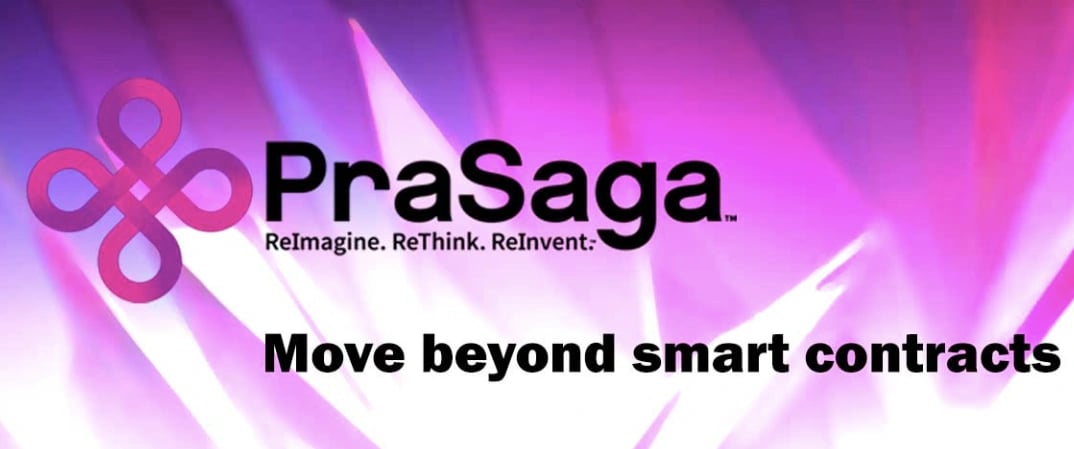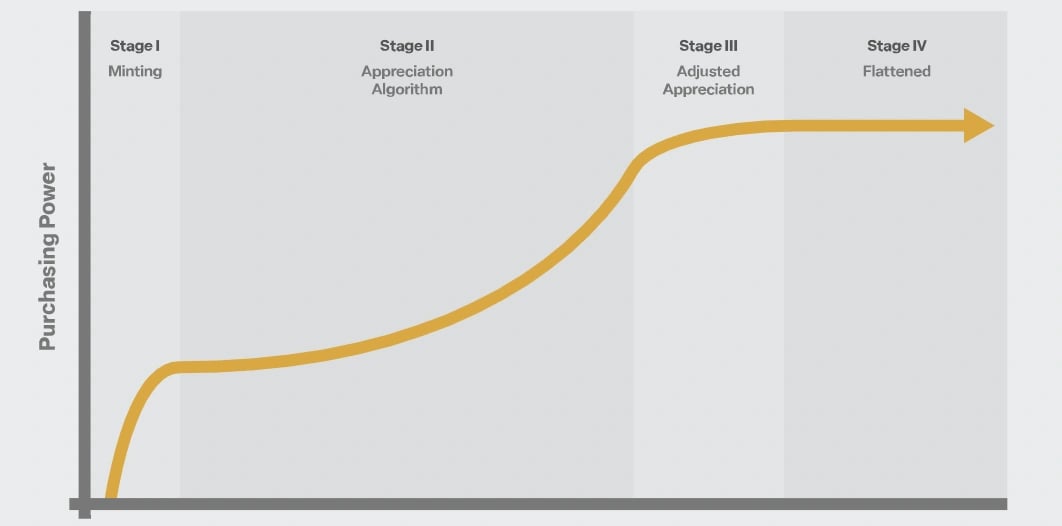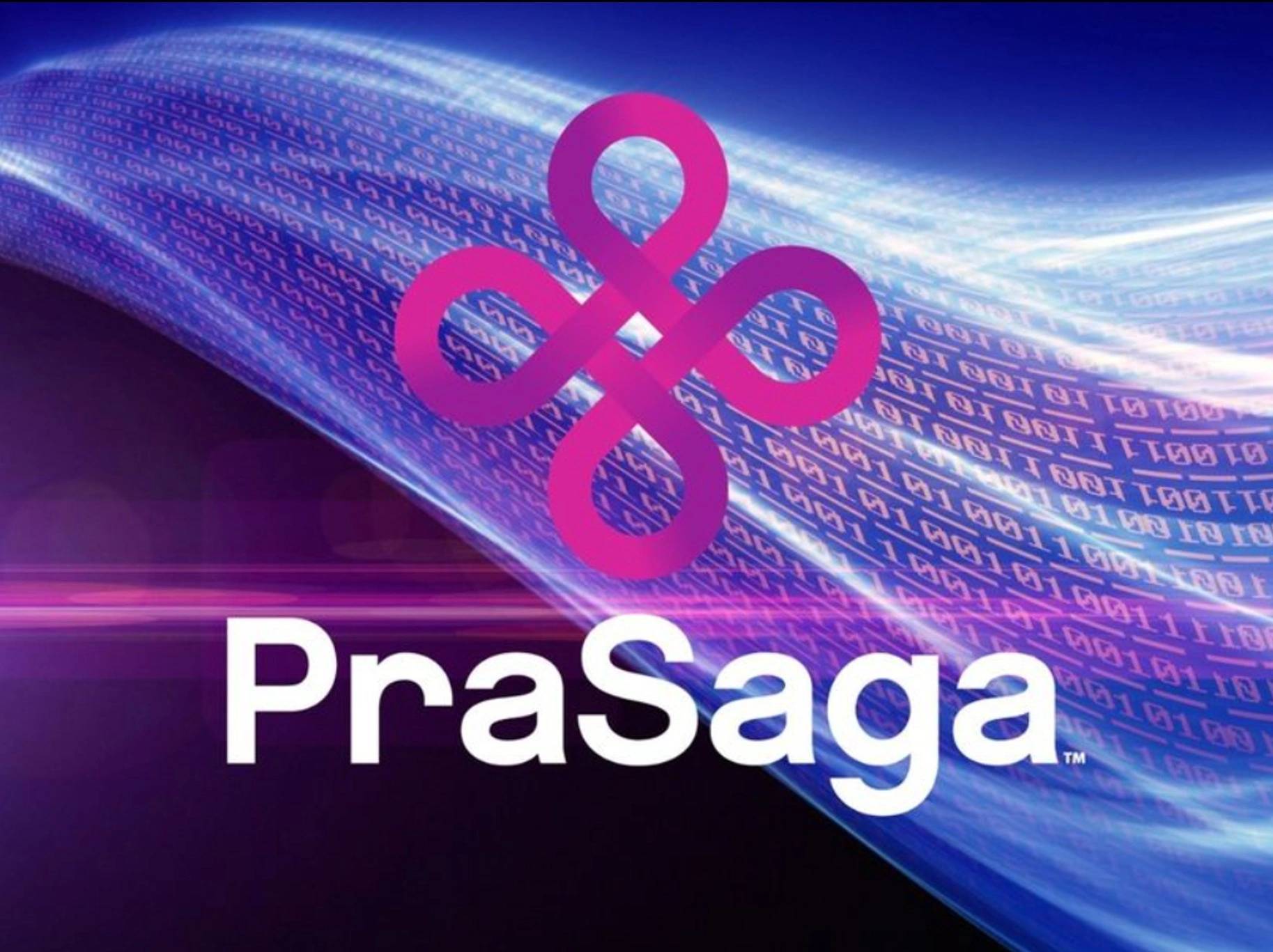Subscribe to wiki
Share wiki
Bookmark
PraSaga
The Agent Tokenization Platform (ATP):Build autonomous agents with the Agent Development Kit (ADK)
PraSaga
PraSaga is a Swiss-based foundation focused on developing a next-generation layer-one blockchain. Its technology seeks to address several limitations present in earlier blockchain generations, aiming to enhance scalability, efficiency, and overall performance. [1]
Overview
PraSaga is developing SagaChain, a blockchain platform designed to overcome existing scalability limitations. Its key innovation is SagaPython, a modified version of the Python programming language, which allows developers to build applications on SagaChain with ease. By leveraging Python's popularity, PraSaga aims to make its technology accessible to a wide range of developers, enabling seamless integration with existing enterprise infrastructures.
SagaPython is integrated into SagaOS, PraSaga's decentralized operating system, which enhances blockchain development by simplifying app creation and ensuring security. PraSaga envisions its platform facilitating millions of transactions at high speed, with a focus on open-source development and community engagement. [5]
PraSaga’s mainnet launch is anticipated following a series of preparatory steps, including the finalization of SagaScale technology, the release of a software development environment, and a December Launchpad for Wrapped SagaCoin with subsequent CEX listing. [8]
Products
SagaChain
SagaChain is PraSaga's blockchain infrastructure designed to address key issues in blockchain technology, such as scalability, smart contract parallelization, and cryptocurrency utility. It employs a Distributed Proof-of-Work (D-POW) consensus mechanism to improve transaction throughput and security by scaling with an increasing number of validators. The system also utilizes sharding to enable parallel processing across blockchain segments.
SagaOS
SagaOS is an object-based operating system built on SagaChain. It offers a user account model that manages individual objects and their states, allowing for parallel transactions. This system contrasts with traditional blockchain models, where user accounts only hold a token balance, leading to serialized transactions. [2]
SagaPython
SagaPython is PraSaga's modified version of the Python programming language, designed for application development on SagaChain. As part of SagaOS, it facilitates communication between applications and the blockchain’s operating system. By utilizing a widely-used language, SagaPython provides access to a large pool of existing resources, making development more accessible.
Integration and Developer Support
SagaPython’s compatibility with existing architectures allows for easy integration without needing to start projects from scratch. PraSaga also supports developers with various online resources and tutorials, encouraging a collaborative community to drive innovation on SagaChain. [3]

Tokenomics
SagaCoin, the native cryptocurrency of SagaChain, aims to balance deflationary and inflationary aspects by adjusting token circulation through decentralized governance. This financial model seeks to maintain economic stability within the blockchain, making it suitable for transactional use while ensuring long-term blockchain security. [2]
SagaCoin Management Model
The SagaCoin management model employs a demand-responsive algorithm to dynamically regulate the coin's supply based on transaction activity, addressing the volatility seen in fixed-supply cryptocurrencies like Bitcoin. SagaCoin’s supply adjusts to variations in demand, with the goal of stabilizing its purchasing power over time. [7] Initially, purchasing power will be measured using traditional economic indicators such as the Consumer Price Index (CPI) and GDP deflator. [6]
The management model consists of four stages: the first two focus on market entry and appreciation, while the later stages aim to stabilize the coin’s value, enhancing its utility as a medium of exchange.
- Stage One:
- Initial launch phase with no cap on supply.
- Stage Two:
- A target appreciation path is set.
- Quarterly adjustments to the expansion rate are made to align with the appreciation target.
- Stage Three:
- Focus on stabilizing SagaCoin’s purchasing power.
- Stage Four:
- Transition to internal pricing model based on blockchain data.
- Supply is adjusted using encrypted business reports to ensure privacy, aiming for long-term stability and wider use as a payment medium.

History
The Mosaic browser, launched in 1993, sparked the internet boom, followed by Netscape Navigator. In 1994, AT&T introduced the concept of cloud services. By 2006, AWS S3 became a key cloud storage provider.
In 2008, Bitcoin’s whitepaper led to the first decentralized currency. Ethereum’s 2015 launch of smart contracts enabled decentralized applications and finance, revolutionizing peer-to-peer transactions.
2018-2021: Scaling and PraSaga's Innovations
Sharding gained attention in 2018 as a solution to blockchain scaling. In 2021, PraSaga introduced SagaChain™ and SagaOS™, addressing smart contract limitations and creating a scalable blockchain architecture for Web 3.0. [4]
See something wrong?
The Agent Tokenization Platform (ATP):Build autonomous agents with the Agent Development Kit (ADK)
